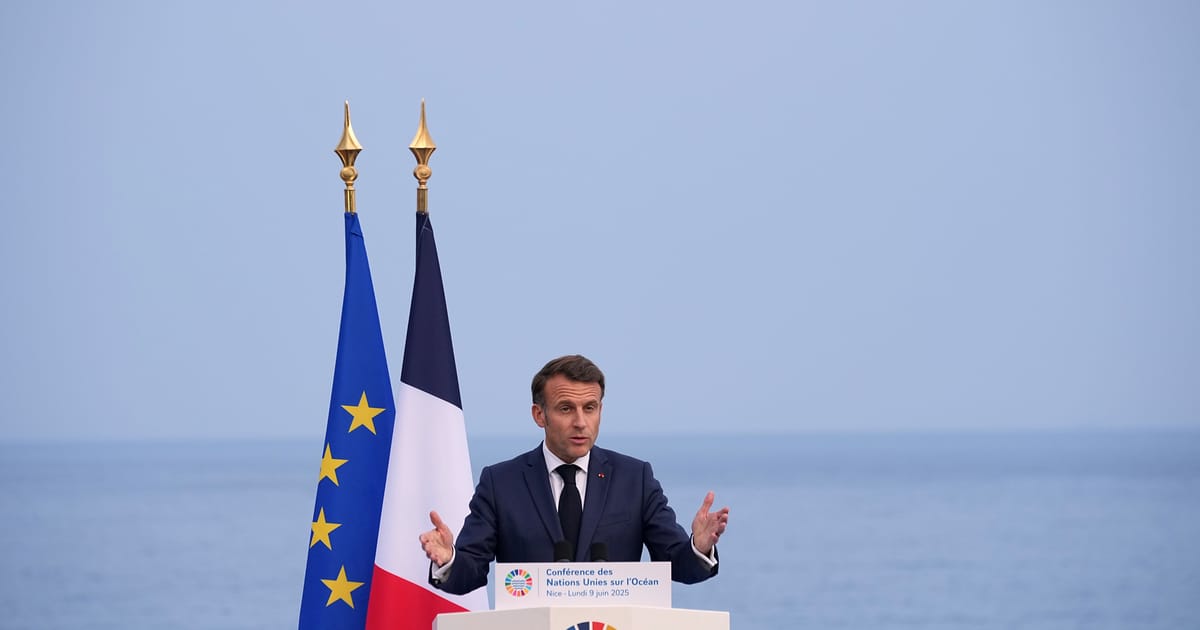

In a world increasingly attentive to climate change and sustainability, recent developments from Europe and Australia reflect the balance between policy shifts and innovative infrastructure enhancements. These developments, although distinct in geography and scope, highlight a shared commitment to addressing environmental challenges thoughtfully and proactively.
In a recent move, French President Emmanuel Macron has indicated intentions to delay a climate milestone set by the European Union. This decision suggests a reevaluation of timelines to ensure more robust and achievable environmental goals. While some observers express concern about potential impacts on the EU’s international ecological ambitions, the decision aligns with a mindful approach to creating sustainable policies that balance immediate needs with long-term environmental health. Such adjustments also allow the EU to recalibrate strategies in response to evolving economic and technological landscapes, emphasizing thoughtful deliberation over hasty implementation.
Across continents, the Australian government is setting an inspiring example of public-private collaboration in enhancing green infrastructure. A significant loan of $100 million has been secured through the government’s Clean Energy Finance Corporation to promote renewable energy solutions at Bunnings and Officeworks stores. This investment aims to install solar panels, batteries, and electric vehicle chargers, fostering a ripple effect of clean energy adoption in the commercial sector. The initiative underscores Australia’s commitment to transitioning towards renewable energy, providing a model of pragmatic and impactful climate action that supports both economic growth and environmental stewardship.
Meanwhile, architectural achievements in Queensland have demonstrated how infrastructure can contribute to sustainability and urban beauty. The recently honored Kangaroo Point Bridge in Brisbane, a cable-stayed pedestrian bridge adorned with solar panels, exemplifies a blend of functionality and environmental consciousness. Winning the Australian Institute of Architects Queensland award, this bridge serves as a testament to the value of integrating green design principles in public infrastructure. It sets a benchmark for future projects that aim to elevate urban environments through sustainable and aesthetically pleasing designs.
Europe is experiencing a significant climatic challenge, with a heat dome settling over France, pushing temperatures to as high as 40°C. This intense heatwave, a reminder of ongoing climate volatility, underscores the urgency of addressing global warming and its impacts on daily life. The situation brings to light the importance of natural strategies for urban cooling. Cities worldwide are exploring nature-based solutions to mitigate the urban heat island effect, such as increasing green spaces and utilizing reflective materials in architecture. These strategies not only help in temperature regulation but also enhance urban livability by fostering more harmonious human-environment interactions.
The interconnected efforts in Europe and Australia exemplify a global recognition of the need for resilience and innovation in the face of climate change. As nations recalibrate their approaches to environmental policy and infrastructure, a collective path forward emerges—one that values sustainable growth and adaptation. This unfolding narrative within different contexts illustrates the diverse yet unified front in combating climate challenges, nurturing a future where economic development is harmoniously aligned with ecological integrity.
Source: {link}
